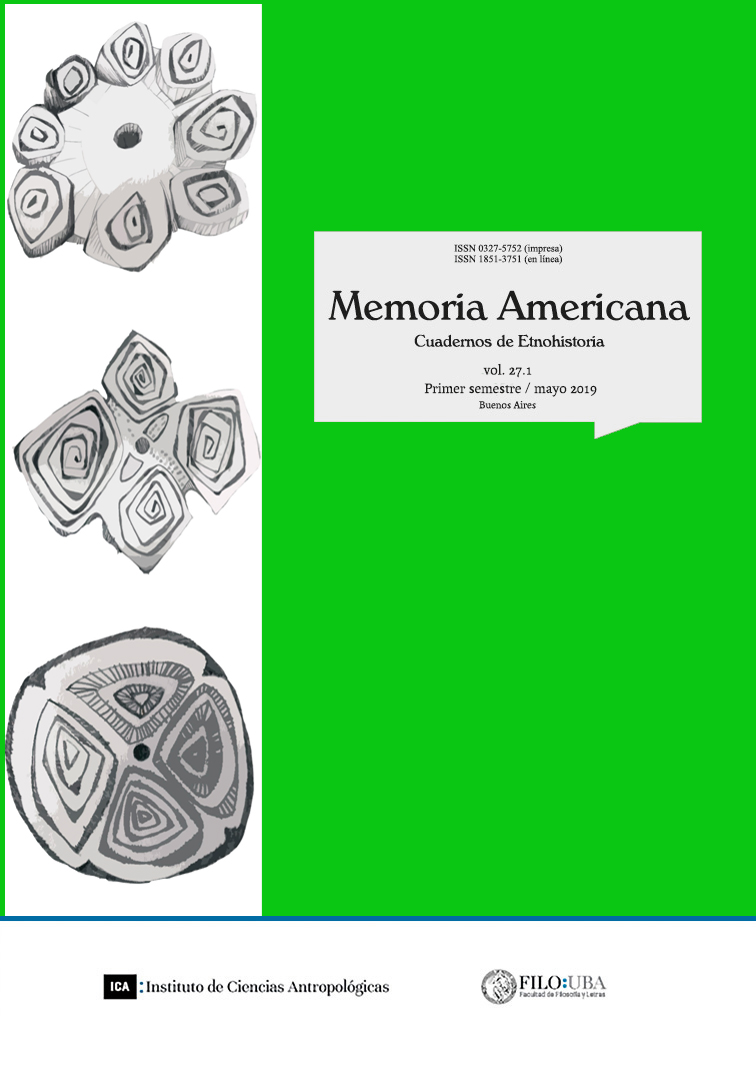Medical herbs and colonial semiosis: Indigenous illustrations within two Novo-Hispanic manuscripts on American nature of the 16th century
Abstract
This article proposes a new read of the herbal put together by “Doctor” Martínde la Cruz, translated into Latin in 1552 by Juan Badiano, and the “medicaltreaty” which is part of Bernardino de Sahagún’s Florentine Codex (1577) basedon the notion of colonial semiosis. The combination of images and texts in theseartifacts and the direct participation of wisemen of Náhutl origin allow theconsideration of visual representations of medicinal herbs as statements thatretain certain autonomy, despite being included within the genres of Europeanrepresentation. This peculiarity strains the alleged subordination of visual signifiers to the imperative of alphabetical writing, making it possible toassess the presence of heterogeneous representations within the context ofMesoamerican literacy in the sixteenth century.Downloads
Los derechos de autor son cedidos a Memoria Americana. Cuadernos de Etnohistoria, no obstante los autores podrán recuperarlos y reproducir su trabajo en otros medios o formatos previo envío de solicitud al Comité Editorial. En tales casos, deberá citarse a Memoria Americana. Cuadernos de Etnohistoria como primera publicación del trabajo y el mismo queda bajo una licencia Creative Commons CC BY NC SA 3.0 Attribution- Non Commercial -ShareAlike 3.0, la cual provee libre acceso inmediato a sus contenidos pues se rige por el principio según el cual hacer disponible -en forma gratuita- la investigación al público fomenta un mayor intercambio de conocimiento a nivel global.
Los autores deberán remitir el siguiente formulario de cesión de derechos y compromiso de originalidad:
Cesión de derechos y compromiso de originalidad
Al Comité Editorial de Memoria Americana, Cuadernos de Etnohistoria
Por la presente declaro ser el autor del trabajo titulado (nombre del artículo), el mismo es original y propio y no ha sido publicado en ningún formato o soporte con anterioridad.
En caso de ser aceptado para su publicación en Memoria Americana. Cuadernos de Etnohistoria (número/año) cedo los derechos editoriales que me corresponden por el aludido artículo para su publicación en todos los formatos que posea la mencionada revista.
Si quisiera publicar este artículo a través de otro editor o en otro lugar me comprometo a solicitar el correspondiente permiso por escrito al Comité Editorial de Memoria Americana. Cuadernos de Etnohistoria. De ser afirmativa la respuesta del Comité Editorial me comprometo a lo siguiente:
- especificar lugar, editorial y fecha de la primera publicación del artículo en la nueva publicación
- realizar esta republicación sólo luego de transcurridos un año calendario desde la fecha de la presente nota de cesión de derechos
FIRMA
Aclaración











